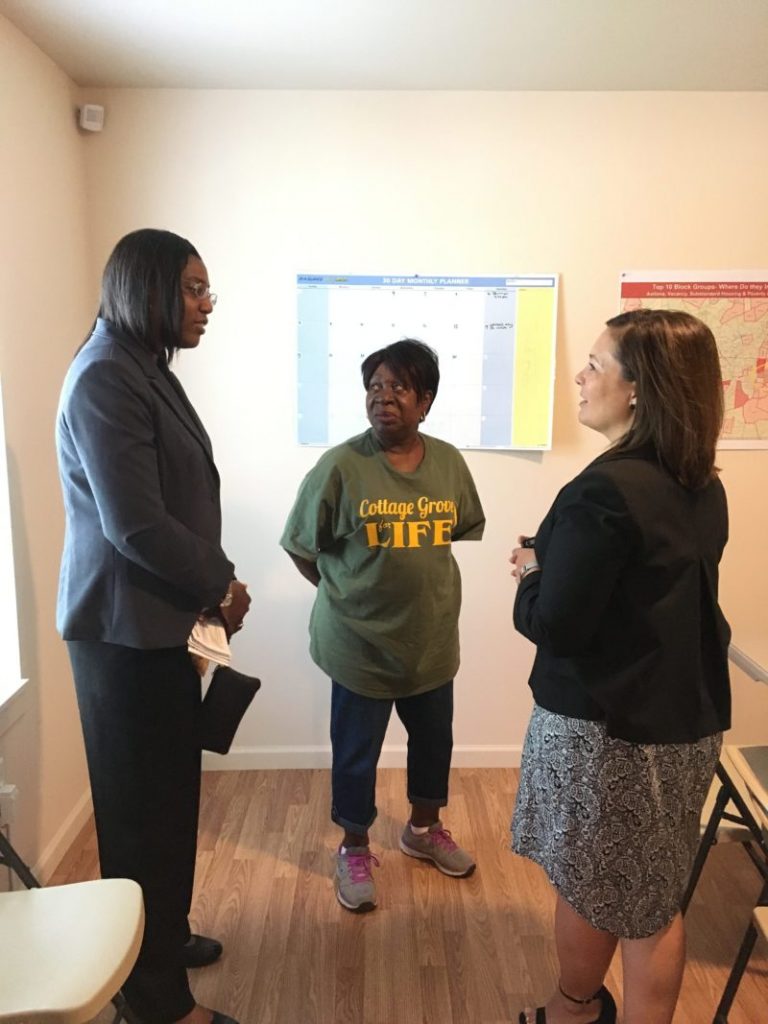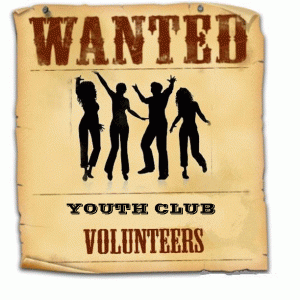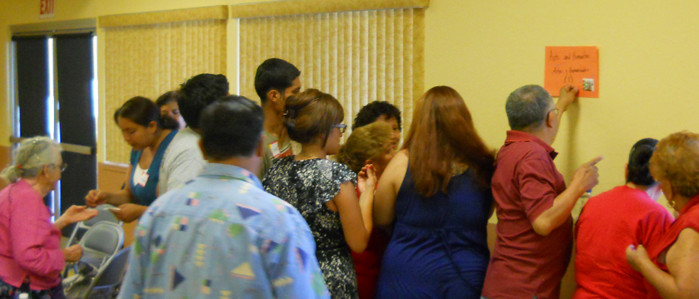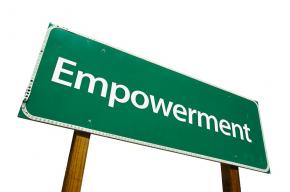
I rolled into Aspen, Colorado in May 2015, my Civic coupe packed to the ceiling with my personal belongings. When I stepped outside to breathe in my new home, the mountain air felt cool and refreshing.
My goal was to start a citizens academy program for the City of Aspen. Five bulleted pages detailed my duties.
Among the goals and activities for the Academy were: “acquainting participants with the programs and problems of the community; stimulating their interest in community activities and encouraging their active participation; educate them about wide variety of community resources; help them connect with one another; and giving participants valuable personal leadership tools….”







